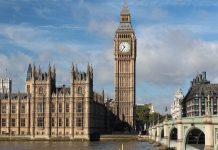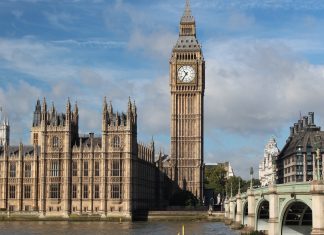Tourism in New Zealand is on a crossnote. Calls for visitor limits and charges to help pay for infrastructure are not only loud in Galapagos, Barcelona or Hawaii. In New Zealand current growth is a threat to this World Heritage walk.
New Zealand tourism is complaining having queues of tourists in protected parks enjoy breathtaking views of Lake Wanaka .There is a rare opportunity to experience a dynamic glacial environment, worth the 30 minutes wait to find a parking spot.
And while New Zealand’s threatened species become ever more threatened, the de facto tourist department – aka the Conservation Department – is employing car park attendants and investing millions of Dollars building toilets and tracks for tourists who pay nothing towards their upkeep.
Everyone agrees on the pressure points, reeling them off like a travel brochure – Cape Reinga, Cathedral Cove, the Tongariro Crossing, Aoraki/Mt Cook, Wanaka’s Roys Peak, Franz Josef and Fox glaciers and Milford Sound. And everyone agrees something needs to be done. But that’s about where the consensus ends.
Options vary from car park charges to a national tourism cap, with everything imaginable in between.
Even DOC appears to be sending conflicting messages. Amid chaotic scenes at the Tongariro Crossing access roads in the 2016/17 season, DOC set up a Tongariro Alpine Crossing Governance Group of iwi, local businesses and conservation advocates to investigate managing overcrowding. But then in October 2017 it launched a new promotion of 14 short walks and five-day hikes. They included the Tongariro Crossing; Roys Peak – where there are now 40 minute queues for photos; and Mt Cook’s Hooker Valley, which saw a 35 per cent explosion in tourists over this past summer.
The accompanying press release said the 19 promoted walks had been assessed by DOC staff as “being able to accommodate increased visitors”. However, documents obtained under the Official Information Act raise concerns about the crossing’s track erosion, litter and human waste, and DOC rangers removing rock cairns and graffiti instead of maintaining tracks. The governance group considered a daily limit of 1200-1500 walkers, about half the number currently crossing the plateau on peak days.
DOC continues to promote the Tongariro Alpine Crossing, despite up to 2700 people walking it on peak days – double the suggested limit of 1200-1500.
TOURISM AT A CROSSROADS
January 5, 2017 was the final straw for the Tongariro Crossing. Photos show access roads turned into impassable car parks as a bad weather bottleneck of 2750 walkers converged on the alpine trek.
“I have never seen anything like last season,” Callum Harland says. “Last season was too much.”
A 46-year-old Tongariro local, Harland has been running his Discovery Lodge for 16 years. He’s watched the numbers grow 9 per cent a year for a decade, from 45,000 in 2005 to more than 130,000 last year.
It’s great for his track-access shuttle business, and as a competitive mountain runner he has no trouble finding other untouched areas. But the downside has been litter, the eyesore of more toilets, and road mayhem.
Director-General of Conservation Lou Sanson says including the crossing in the new day-hikes promotion was about trying to raise other day walks to the same level, rather than further promoting the crossing.
Chaos on the Tongariro Crossing access roads during the 2016/17 summer prompted DOC to impose a four-hour parking restriction to force walkers to take park and ride shuttles.
This past summer DOC instigated a new system, restricting parking at the Mangatepopo road end to four hours to force walkers to take shuttle buses to the start.
It was a way to both cut parking congestion and extract some contribution from walkers previously paying nothing for the track billed as New Zealand’s best day walk. And it’s not small fry – in the past five years DOC has spent $1.27m on capital upgrades, including new toilets, road resurfacing, track safety upgrades and volcanic risk mitigation. In the past season alone the track cost $800,000 to maintain.
Shuttle-bus businesses pay a $3.50 concession fee per passenger to DOC, but any gain under the new system is offset by DOC now paying $155,000 for parking management.
Everyone agrees the system is a vast improvement.
“The road is a road and it’s not a car park,” Tongariro Guided Walks owner Terry Blumhardt says.
























